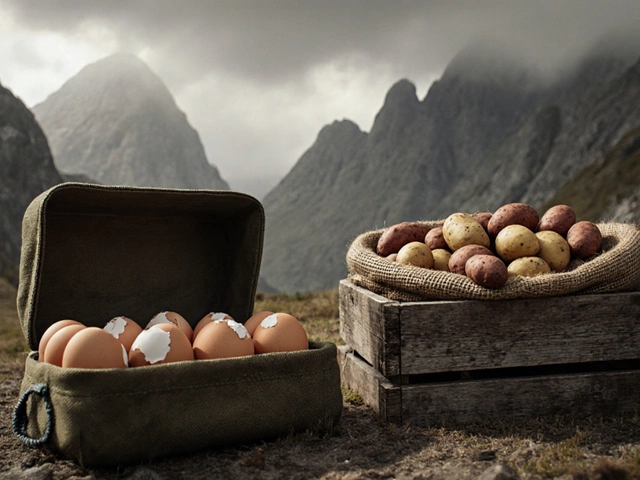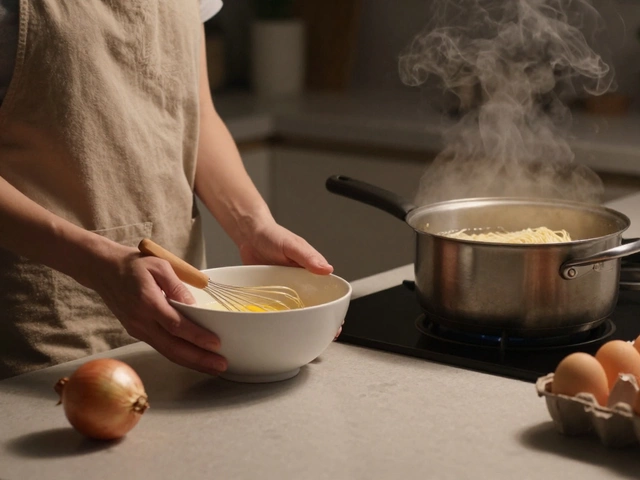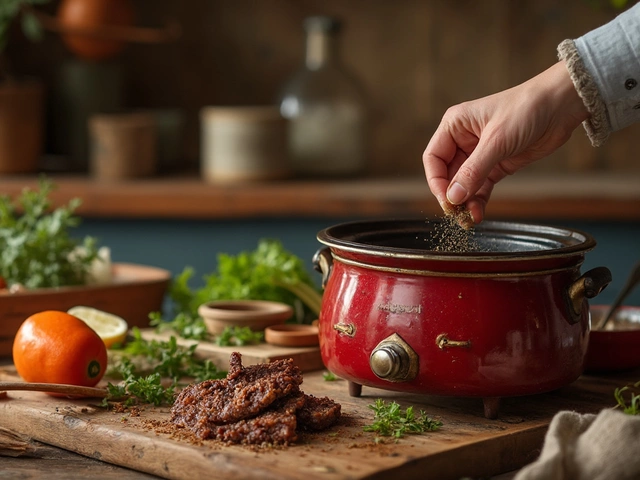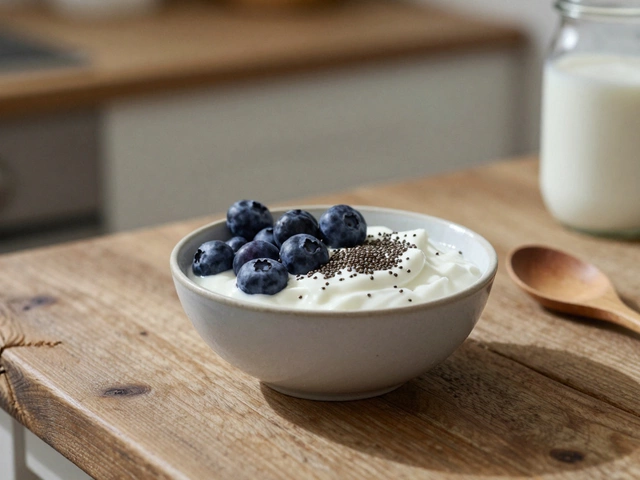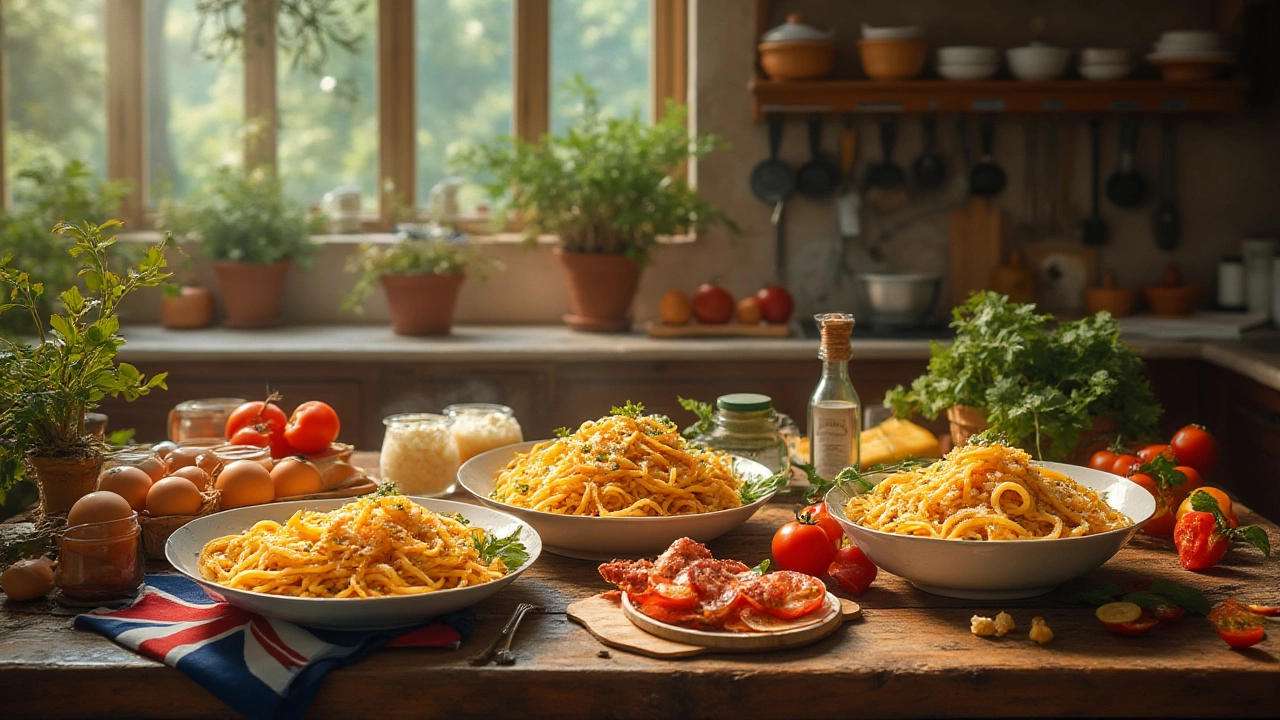
Ever wonder why some pasta dishes just taste better, even if you use the same ingredients? It’s usually about sticking to the real thing and knowing a few key secrets—something the Italians have down to a science. From the bustling trattorias in Rome to neighborhood kitchens in Naples, four pasta dishes are stitched into the country’s soul. People argue about which is best, but these four are unquestionable classics—often copied, rarely nailed outside Italy, and eternally debated over Sunday lunch.
Carbonara: Rome’s Creamy, Smoky Icon
If you ask most Romans, carbonara isn’t just a recipe. It’s a point of pride, a dish that can start family feuds or earn you serious street cred. Tradition says carbonara was first whipped up in the 1940s, possibly to feed hungry American GIs who craved bacon and eggs. But its roots run deeper in the Lazio region. The flavor is unmistakable—a silky sauce coating every strand of pasta, hinting of pepper and sharp cheese with that almost sweet smokiness from cured pork.
Forget heavy cream—authentic carbonara is all about the emulsification of beaten egg yolks, grated Pecorino Romano—never Parmigiano for true loyalists—and guanciale (that’s pork cheek; it has more flavor and fat than regular bacon or pancetta). If you use pancetta, Romans may forgive you, but swap it for bacon and you’ll definitely get a side-eye. Spaghetti is standard, but you’ll see rigatoni or mezze maniche in home kitchens.
The method is strict: toss the cooked pasta (al dente, obviously) in rendered guanciale fat, take it off the heat, and then quickly stir in the cheese-egg mixture. Timing matters or you’ll get scrambled eggs instead of that lustrous, almost glossy sauce. Don’t skip the black pepper grind—it’s a carbonara essential, not decoration. If you want to win hearts (or a silent nod from a Roman nonna), grate the Pecorino fresh, don’t buy it pre-packaged.
Curious about calories? Here’s a quick breakdown for a classic carbonara serving (see the table):
| Ingredient | Typical Amount (per serving) | Calories |
|---|---|---|
| Spaghetti | 100g | 158 |
| Guanciale | 40g | 160 |
| Egg yolk | 1 | 55 |
| Pecorino Romano | 20g | 80 |
A tip: Save a splash of your pasta water. It helps the sauce cling and gives it that professional sheen. When I want to impress Bryn, I purposely leave out any cream, heat the plates before serving, and grind extra pepper for that Roman kick. Even picky eaters can’t resist.
Cacio e Pepe: Magical Minimalism with Cheese and Pepper
The simplest ideas are often the hardest to master, and Italian pasta dishes prove that best with cacio e pepe. Three ingredients—pasta, black pepper, and Pecorino Romano—that’s it. Sounds basic? Yes. Easy to ruin? Absolutely. Its name means “cheese and pepper,” but it’s what happens between those two flavors that gets food nerds talking for years.
This is classic cucina povera—a recipe born from hard times, but now seen as one of Italy’s most beloved, ingenious meals. Cacio e pepe is all about technique, not fancy add-ons. Most restaurants serve it with spaghetti (specifically, tonnarelli—a square-edged, chewy noodle), but in Rome you’ll see variations. The trick is building the sauce: combine vigorously grated Pecorino and plenty of hot starchy pasta water, whisk to silky smoothness, and swirl everything with freshly cracked black pepper. No oil, no cream, and definitely no butter. Add fat and it’ll clump or split. That’s the classic kitchen disaster.
Patience and wrist work are everything here. Blend in a big metal bowl over the heat, but not directly on it. I messed this up a few times before nailing it—trust me, once you get it right, you’ll never want to eat boxed mac-and-cheese again. If you want the cheese to melt perfectly, buy high-quality Pecorino Romano, and keep the cheese at room temperature before starting. The right grind of pepper (medium, never dust) makes all the difference, too.
Something a lot of people don’t know: cacio e pepe shows up in ancient Roman texts. The shepherds in the Lazio countryside would take dried pasta, pecorino, and black pepper—everything shelf-stable and high in calories. It’s literally history on your plate.
Calories for a typical cacio e pepe (per serving):
| Ingredient | Typical Amount (per serving) | Calories |
|---|---|---|
| Tonnarelli pasta | 100g | 158 |
| Pecorino Romano | 25g | 100 |
| Black pepper | 2g | 6 |
Pro tip: Don’t skimp on water when boiling your pasta—it helps create the ideal starchy base for the emulsion, making everything creamy without adding any fat. If you want to take shortcuts, cacio e pepe will leave you behind.
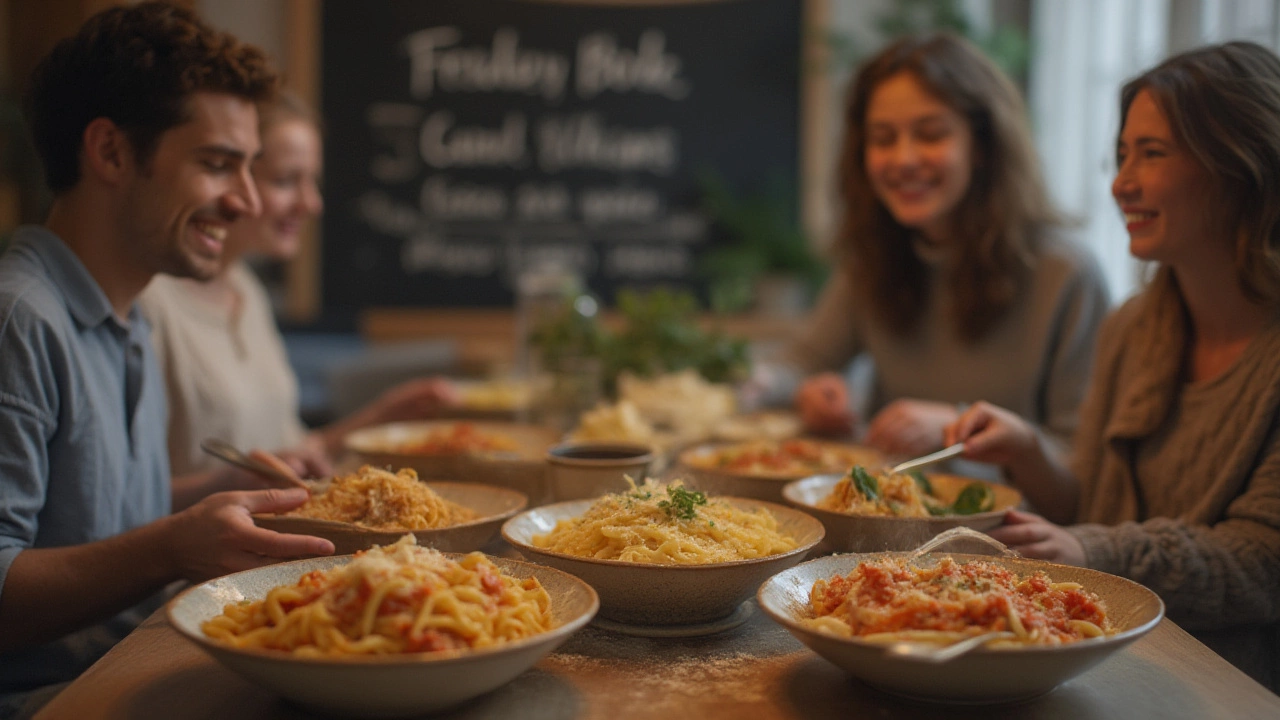
Amatriciana: Zesty, Comforting, and Deeply Italian
Sliced guanciale sizzling in a pan, that unmistakable tang of San Marzano tomatoes, and a last flurry of salty cheese—Amatriciana stands out for its bold tomato punch lifted by meaty, porky undertones. You’ll find it up and down Italy, but purists will tell you it belongs to Amatrice, a little town northeast of Rome, and that only a handful of Roman restaurants get it exactly right.
What makes Amatriciana more than just "spaghetti with sauce"? First, guanciale is a must. Its fat flavors everything, and it crisps perfectly in a hot pan. Second, the best tomatoes—fresh in season or canned true San Marzano for full flavor and sweetness—keep the sauce from tasting acidic. Chili flakes are an option, but many home cooks skip them altogether. Amatriciana should hit you first with meaty richness, then bring in the sweet-tangy tomato, and finally round off with salty, nutty Pecorino. Bucatini (a thick, hollow spaghetti) is the go-to noodle, loved for how it grips sauce inside and out, though spaghetti will do in a pinch.
A few people east of Rome argue about adding onions. Old school recipes skip them, but if you’re cooking for someone from Lazio, ask first—some consider onions heresy. Same story with garlic. For the cheese: always Pecorino Romano, never Parmigiano. Every region in Italy has their pasta “laws,” and breaking them can spark some serious debates at dinner. Trust me, my own kitchen’s had its share of arguments.
Traditional Amatriciana nutrition (per serving):
| Ingredient | Typical Amount (per serving) | Calories |
|---|---|---|
| Bucatini pasta | 100g | 158 |
| Guanciale | 40g | 160 |
| San Marzano tomatoes | 100g | 18 |
| Pecorino Romano | 15g | 60 |
Quick tip: For an unbeatable sauce texture, render the guanciale until crisp, then set it aside while you simmer the tomatoes. Return the pork only at the end, so it stays crunchy. That’s the magic step home cooks in Amatrice swear by. Bryn sometimes helps me grate cheese at the table—Italian or not, if your kids get to sprinkle, they’ll eat almost anything.
Pesto alla Genovese: Fresh Greens, Aromatic Basil, and Pure Summer Vibes
The other three pasta legends come from central Italy, but pesto hails from Genoa, hugging the Ligurian coast. It’s what you imagine summer tastes like—bright basil, sharp cheese, fruity olive oil, garlic, pine nuts, and a squeeze of lemon if you’re feeling rebellious. Pesto exploded worldwide for good reason—it’s fresh, raw, and ready in minutes, no heavy cooking or meaty bits needed.
The ingredient list might sound straightforward, but pesto’s greatness comes from using the best stuff you can find. Ligurian basil is smaller and softer than the greenhouse stuff you get at big box stores. Buy the freshest basil you can; bruised or tired leaves make for bitter, dull pesto. The cheese is also specific: aged Parmigiano-Reggiano or Pecorino Sardo, and don’t even think about the powdered stuff. Use pine nuts, and toast them lightly. For real precision, some home cooks add a spoonful of pasta water to loosen up the sauce and help coat every noodle strand.
Mortar and pestle gives you the best texture, a little chunky and deeply aromatic—but a food processor can do the job. The less heat, the better; basil doesn’t like being worked too much. In Genoa, they pair pesto mostly with trofie or trenette pasta; both shapes catch the sauce and make for satisfying forkfuls. I sometimes swap in farfalle or fusilli when trofie’s nowhere to be found, and it works. Bryn learned to eat her veggies by sneaking pesto on rotini—she thinks it’s magic sauce.
Typical pesto alla Genovese nutrition (per serving):
| Ingredient | Typical Amount (per serving) | Calories |
|---|---|---|
| Pasta (trofie/fusilli) | 100g | 158 |
| Basil | 15g | 3 |
| Pine nuts | 10g | 67 |
| Parmigiano-Reggiano | 15g | 63 |
| Olive oil | 20g | 180 |
Pesto keeps in the fridge for up to three days, but a layer of olive oil on top is key to avoid browning. If you want to freeze pesto, skip the cheese and add it fresh after thawing. My tip: toss in small boiled potatoes and green beans with the pasta for an authentic Ligurian touch—sounds odd, tastes fantastic.
Every year, Genoa hosts a World Pesto Championship, where pros break out marble mortars and compete for bragging rights. If you want to up your pesto game at home, that’s the gold standard to aspire to—plus, it’s a great way to use your herb garden before the basil bolts in August.

